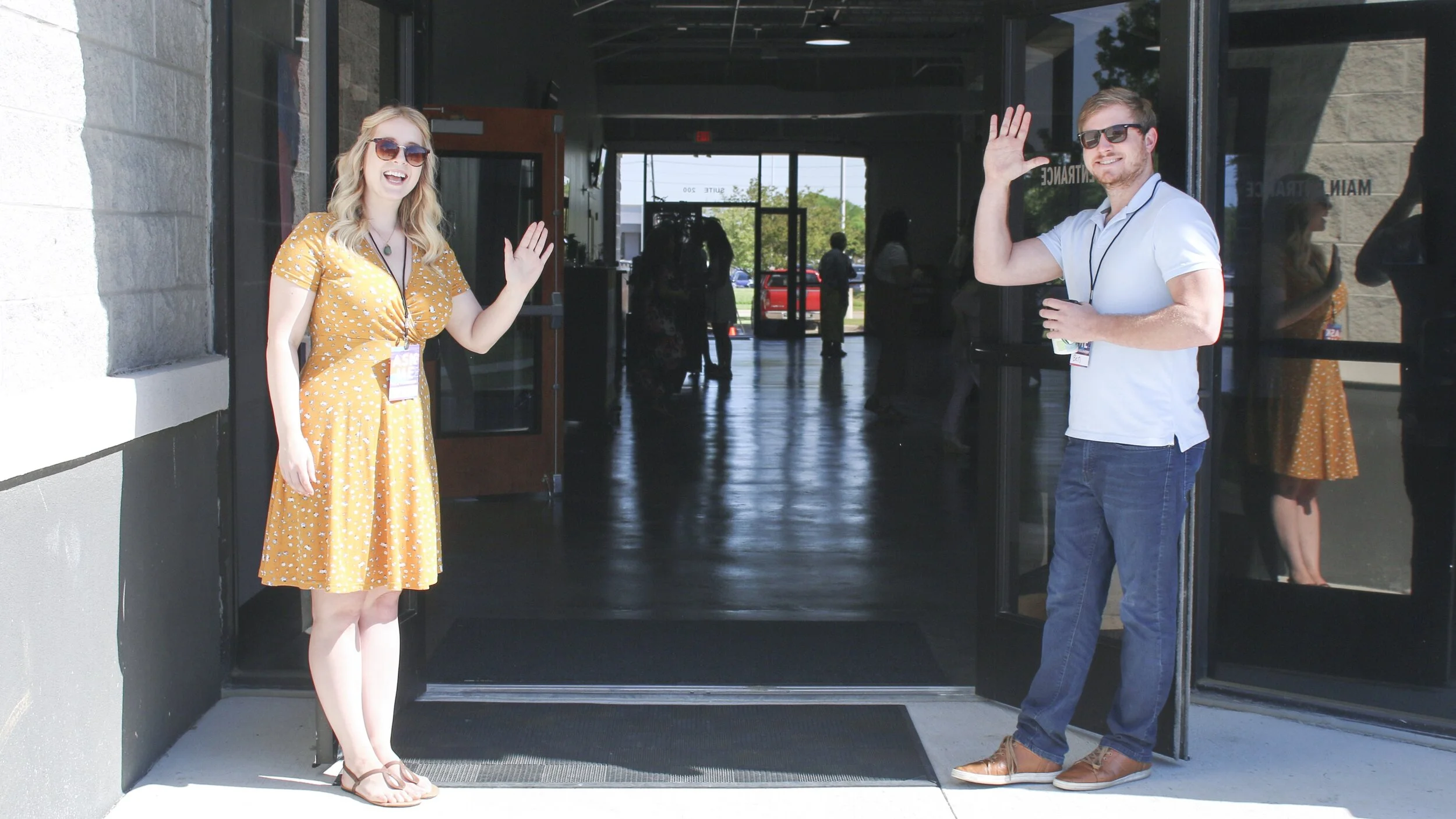The excitement of something new
Starting something new is exhilarating.
Just like wearing new clothes, visiting a new restaurant, or walking in to your new apartment for the first time, there’s a belly flop of emotions, sensations, and discoveries.
That smell, that’s new! And where’s the-oh here it is. Wow, I didn’t think it’d look like that.
Et cetera.
The thing about all these feelings is that they’re ephemeral. After you’ve walked into your new apartment a dozen times carrying furniture, that fresh-paint smell starts to fade. You start to internalize the curiosities and newness and then start to focus on the peculiarities and problems, like the ding in the paint you just made moving in the dresser.
As mundane as it seems, that’s a tremendous amount of learning that is being acquired, processed, and filed away. It’s a multi-sensory avalanche of information; details of sight, sound, smell, touch, and taste (if you are licking the walls of your new bedroom) is being organized in a way that prioritizes the most important information and minimizes the least important. Brains are good like that.
When you’ve worked at an organization for even a few days, all that fresh-paint smell starts to fade as you acquire and process all the information about your new workplace. You know which doors lead to which hallways, you know where the front desk is, you’ve found a bathroom, and more. All this first-time information which is critical to settling in has, effectively, been internalized after a few days.
This is where most employee onboarding programs fall flat. They’re designed by insiders who have forgotten most of what new hires are struggling to understand and navigate. Some of the things that go assumed:
How to physically enter the office, which stairs to take, and that you need an ID badge to get past security
Where to go when getting in the front door
The fact that most people are wearing sneakers/dress shoes
The flashing TV welcome screen is showing pictures they’ve never seen before and it’s very distracting
There is a large meeting every morning and the new hire doesn’t know if they should be in it because it looks like a lot of people are there…
And then on top of that, they have to sit through your employee onboarding, which hopefully is very well designed but often is designed as the Bucket of Knowledge where everyone tries to pour information into people’s heads (more on that in another post).
Here are some tips when thinking about your new hire experience that relives the already-learned (and let you better design an experience for your new team):
#1 Walk the walk
Just as any good writer reads what they’ve written aloud, a good facilitator walks the experience of their audience. This includes stepping outside and trying to enter the building in the headspace of a new employee. Clearly articulating the turns of the hallways, which floor to pick on the elevator, and how to enter the office are things that should be captured in any pre-first day communications.
For the things that can’t be explained (such as getting past security without an ID badge), the facilitator should curate the space by setting up a temporary solution that makes it simple for the new hires. Perhaps that’s by providing security with a list of new hires expected on that first day. Hanging signs is a great way of simplifying the first-day avalanche of information.
While doing this walk and figuring out the roadblocks, also identify the opportunities to delight your new hires. Can you have someone stationed at the front door to greet your new team? Can you leave a little note at the security desk to hand to the new hire as they sign in that says you’re so excited for them to start today? What if the hallway to the office is a yellow-brick road and you are at the end, dressed like a wizard? Well, that might be a bit much but hey- it’s memorable.
#2 Talk the talk
It’s First Impression Day when your new team begins. How do you talk about what you do and what they will be doing? You may have an idea of what kinds of information you might want to share with your new team on their first day, but until you physically speak the words then they’re just ideas. The thing that inexperienced facilitators don’t know is that unless you practice talking through what you want to communicate, you will stumble and say not-quite-the-right things.
Performers practice all the time and when you’re welcoming new people to your team, you are a performer. Practice is what irons out the quirks that seep into your carefully constructed Powerpoint. Walking and talking is a lot harder in execution than in theory, especially when you have an unpredictable audience with you. Don’t forget that your own nerves and anxiety are excited to derail whatever you have prepared!
However robust your onboarding program is, practice talking through and presenting to an empty room. Decide the order of topics and practice transitioning from one to the next (transitions are the most likely points of derailment). Set up your tech and see if what you say matches what you expect to see on the screen. Memorize your opener and closer. Simplify your descriptions and presentation materials.
Above all, take into account that your new hires are processing a lot of information so practice away the unimportant or distracting talking points and deliver your most important pieces of information clearly and effectively.
#3 Plan for humans to arrive
The new person you had several interviews with and that you chose out of a field of candidates is going to show up on their first day and be a human. Unconsciously, you are already thinking of them as a Sales Development Manager or an Engineer II or the new Chief Marketing Officer. A thing. A process.
It sounds simple, but curating an experience for a human is different than curating an experience for a process. There are going to be some basic human needs (where’s the bathroom?) and more nuanced human needs (who judges my success?) that are top of mind. These urges are complicated by the deluge of information that your new employee’s brain is trying to determine if they are answers to these needs:
Does this doorway lead to a bathroom or another hallway? Did I just shake the hand of my boss or my colleague? Is this kitchen for my use or limited to a certain team?
An okay onboarding delivers these answers to human needs by accident. An excellent onboarding delivers answers by design. A new hire’s experience is elevated from okay to excellent at the moment when the human need becomes conscious (“oh man, where did they say the bathroom was?”) and is immediately addressed before they ask (“We are taking a break now, here’s where the bathrooms are…”). This goes beyond the timing and facilitation, but the design of the entire program.
Fortunately for us, humans tend to have similar needs when they first start a new job. It doesn’t take long to learn the pulse and flow of these needs. Designing an experience that deftly addresses the unconscious needs of your new hires is a learnable set of skills and knowledge. The more you do it, the better you will get.
The first day is only a part of the experience
Curating an awesome new hire first day goes beyond these first touches. The design of your program, the relationships you can foster, and the scaffolded delivery of information are all ways to elevate a new hire’s experience. Keeping them at your organization and treating them like one of your most important customers is how to follow-up on a killer onboarding. With Learn to Scale, we can partner with you to craft delightful and sustainable systems for your talent that you never knew could be long-term determinants of your company’s success. Set up a chat and see where the yellow-brick road leads.








